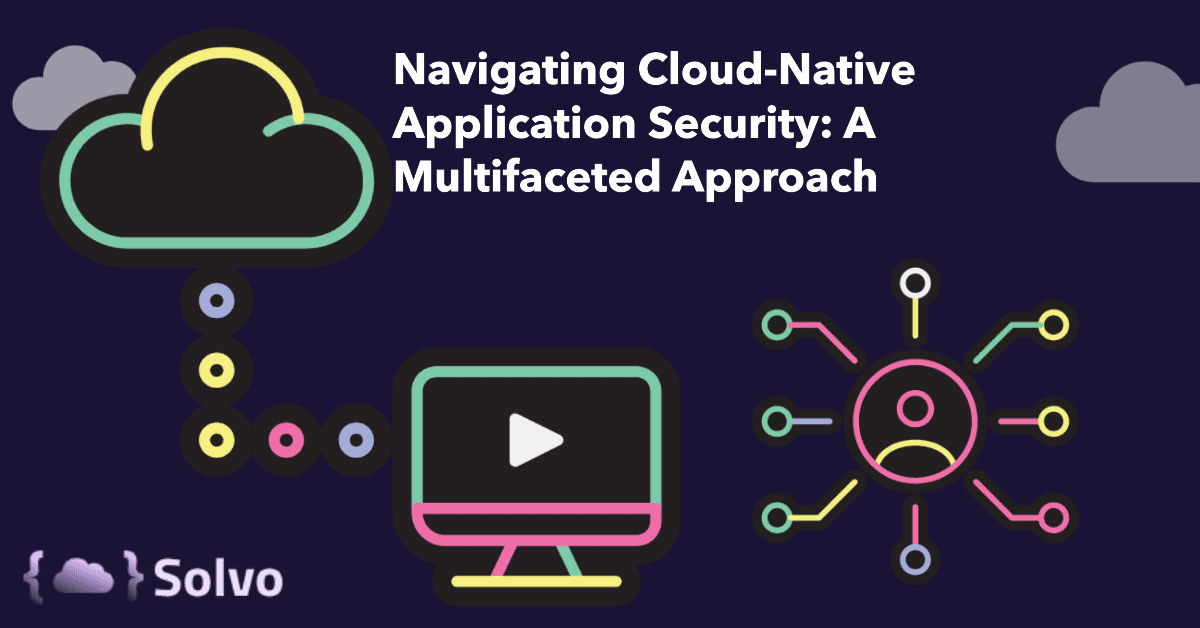Securing cloud environments is a top priority for organizations today. However, only 40% feel confident in their ability to secure their data in the cloud. The rapid and complex nature of cloud-native applications requires a unique set of security policies and tools but staying updated on the latest trends, challenges, and threats in the cloud remains a continuous struggle due to the fast-paced nature of business.
As cloud usage becomes more prevalent, enterprises must establish standard operating procedures to continuously enhance the security of their cloud-native assets and match the level of risk involved. Unlike on-premises environments that are solely protected by in-house security teams, the security model in the cloud is a shared responsibility. While cloud providers secure the underlying infrastructure, customers are responsible for protecting their data and applications. However, this can be complicated by the fact that cloud service providers offer their proprietary tools, which can be opaque and require specialized knowledge to use effectively.
Moreover, the cloud’s automation technology allows for quick deployment and removal of applications, which can lead to the propagation of excessive entitlements and misconfigurations. This, in turn, gives rise to the emerging concern of “Shadow identity,” where overly permissive developer and machine/service accounts, as well as orphaned identities, pose a security risk.
Controlling access to cloud assets is crucial for infrastructure security, as it helps prevent unauthorized entry into networks, protects credentials from theft and misuse, and restricts lateral movement that could escalate damage across the network. However, limited visibility into cloud identities and policies, the fragmented nature of the cloud, and the shortage of skilled professionals pose challenges to securing entitlements. Managing access in multi-cloud environments and auditing it effectively can be particularly difficult.
Despite these challenges, organizations can enhance their overall cloud security posture by following best practices:
-
Establish IAM policies:
Defining identity and access management and configuration policies for all teams ensures consistency across the organization. Providing training for developers and DevOps teams can further address fragmentation issues.
-
Conduct regular scans:
Leveraging infrastructure-as-code (IaC) templates and implementing “shift-left” development can help identify misconfigurations early on and allow developers to rectify them before they become a risk in the production environment.
-
Enforce cloud security standards:
Utilize cloud security standards and frameworks like CIS, ISO/IEC, and NIST to establish baseline security policies and configurations. Regular assessments based on these standards can help identify and remediate risks, vulnerabilities, and unintended configurations.
To manage the security of cloud-native applications effectively, organizations can leverage technologies such as cloud infrastructure entitlement management (CIEM), cloud security posture management (CSPM), and cloud-native application protection (CNAPP). CIEM automates the mitigation of risk from excessive permissions, while CSPM manages configuration risk and security controls across multiple cloud vendors. CNAPP combines these capabilities and provides additional functionality, such as vulnerability management, for a more comprehensive approach.
As businesses increasingly rely on the cloud to keep pace with the demands of today’s fast-moving landscape, a robust security practice that can match this pace is essential.
